Family - Universal Rotation System
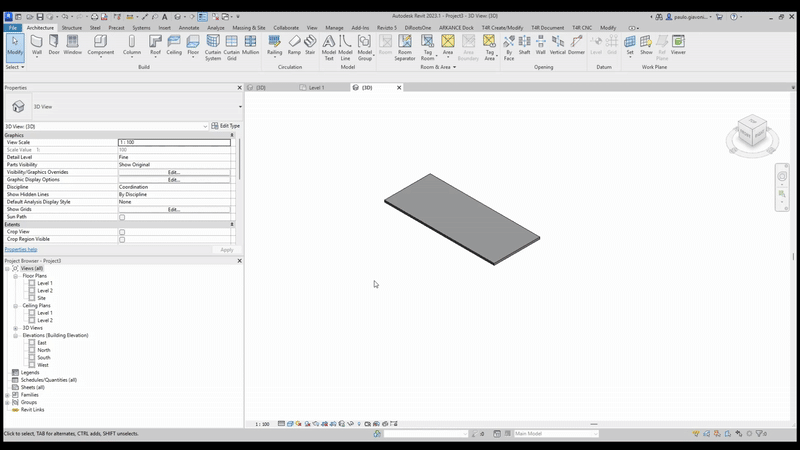
Concept
The concept of creating a rotating family at any angle seemed impossible until discovering an advanced adaptive family technique. This tutorial simplifies the process to create a photovoltaic panel family that can rotate at any angle.
The principle is similar to a fractal vise, where each rotating piece is connected to another, allowing movement in multiple axes:
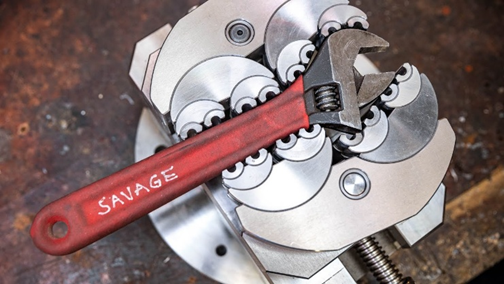
For the system to adapt to any element, we use rotating pieces connected sequentially. We'll implement this using Revit's Revolve command.
Part 1: Creating the Fractal Pivot Family
1. Create New Family
- Open Revit
- Create a new family (Generic Model Adaptive or Metric Generic Model)
- Define the base reference planes

2. Create the First Revolve
- Draw the profile for the revolve
- Use the Revolve tool to create the first rotating piece
- Configure the rotation axis



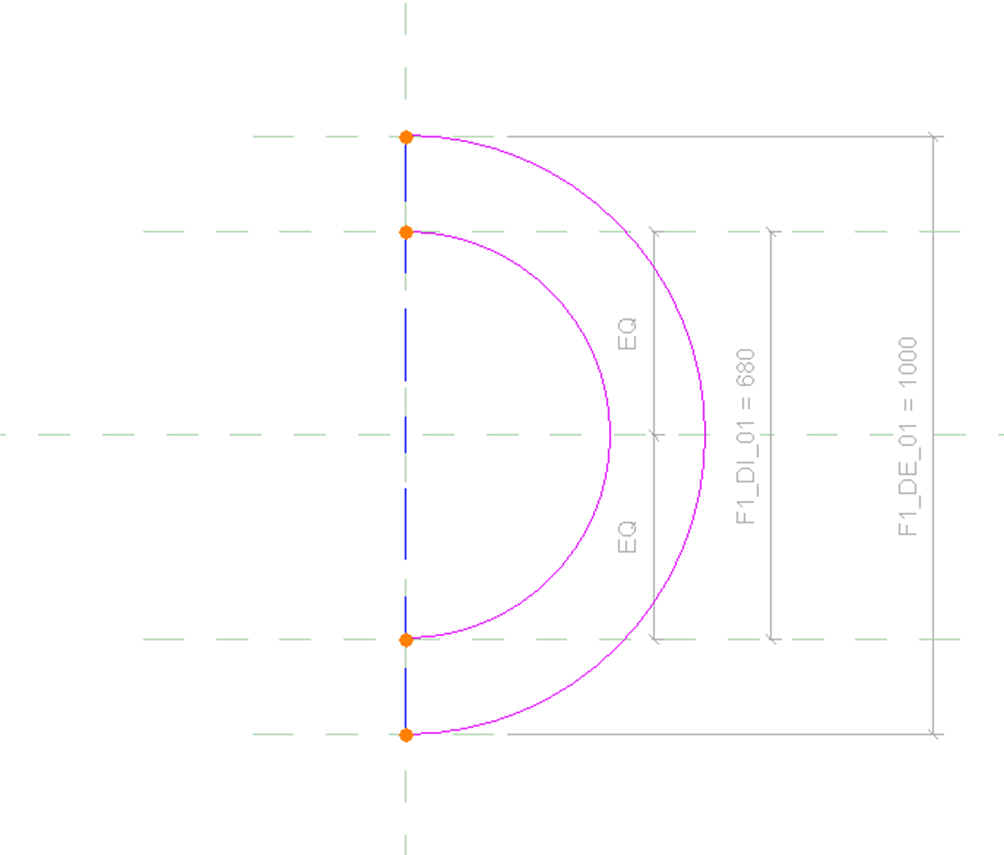
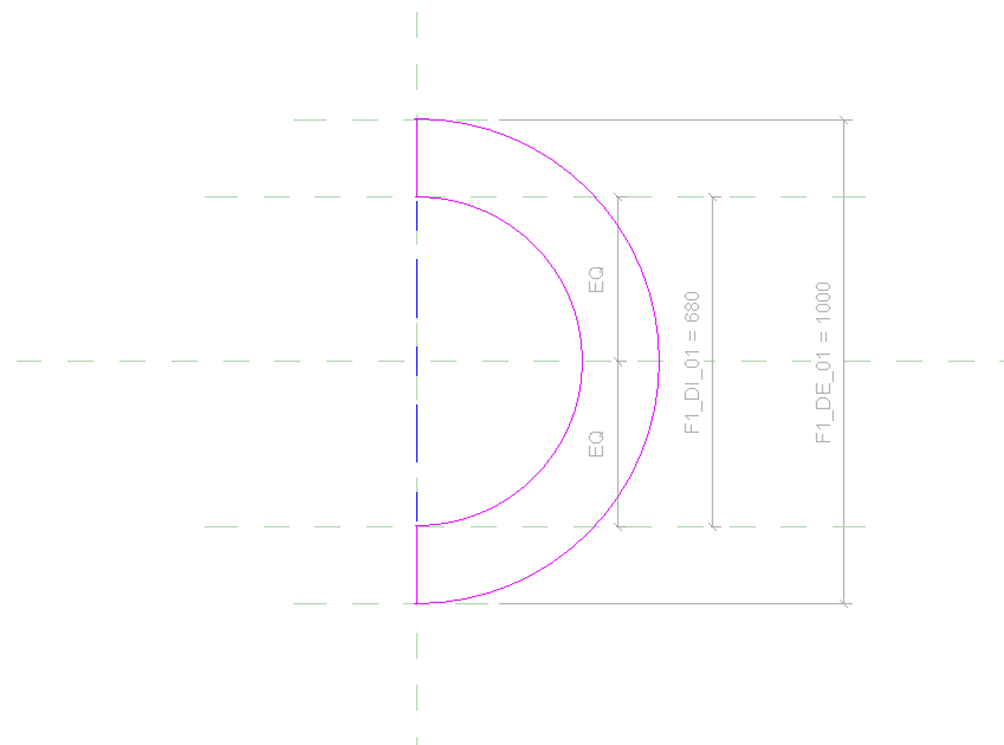
3. Add Angular Parameters
Create clear parameters to control rotation. This is fundamental for parametric control of the system.
- Create angle parameters to control rotation
- Associate parameters with the revolve
- Configure necessary formulas
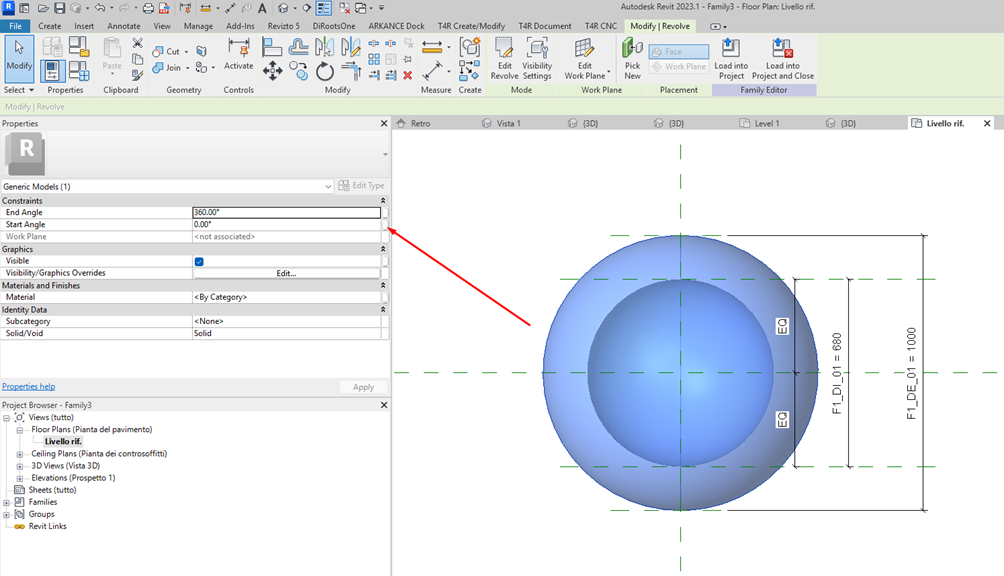

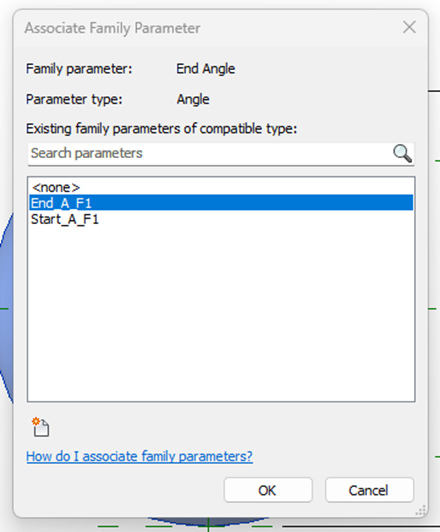

4. Apply Workplane on Revolve
This is the most important step! The workplane applied on the first revolve surface will be the base for the next element.
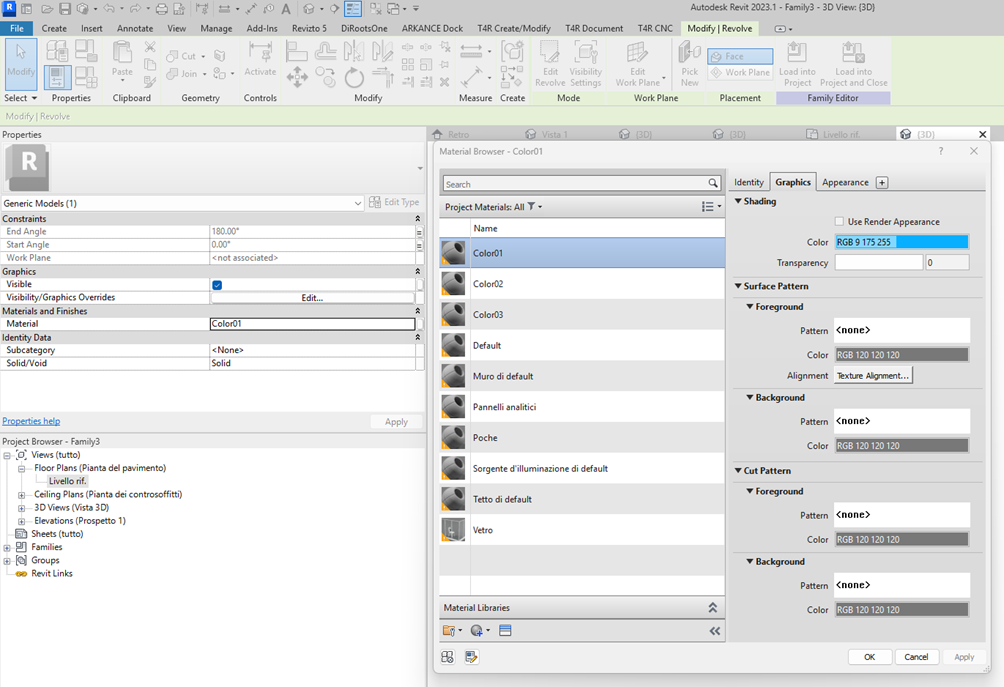
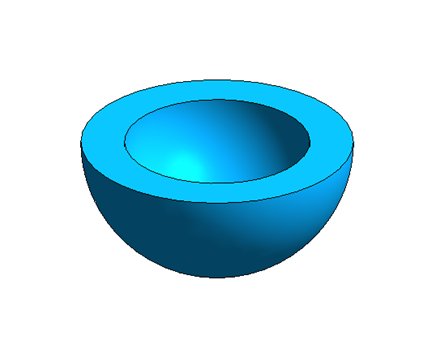
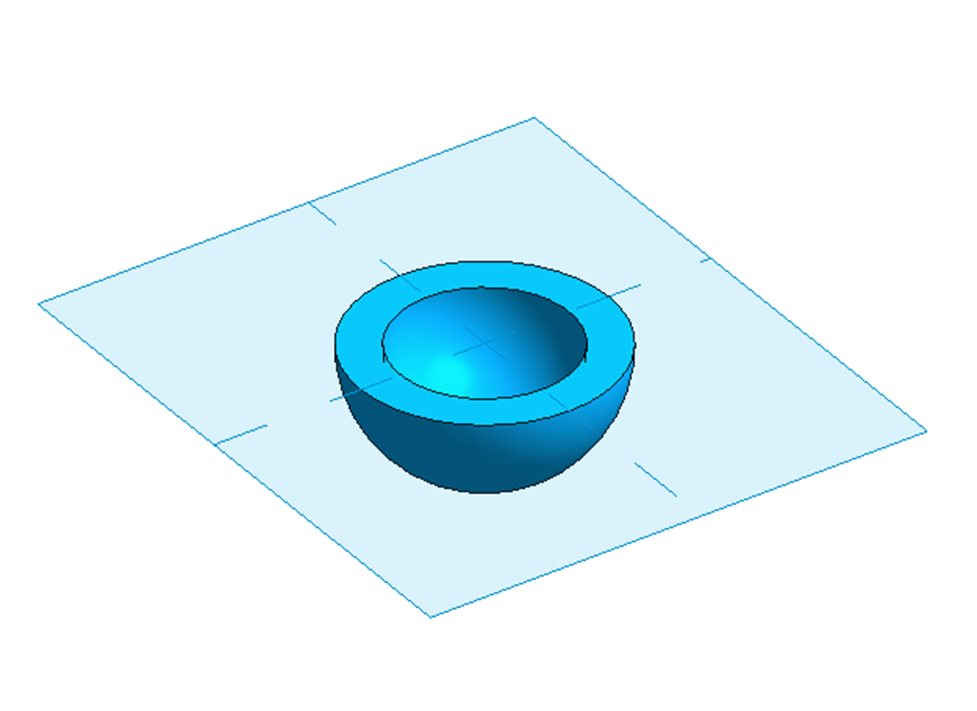
5. Create Second Revolve in Different Direction
- With the workplane active, create another revolve
- Orient this revolve in a different direction (perpendicular, for example)
- Configure its own angular parameters
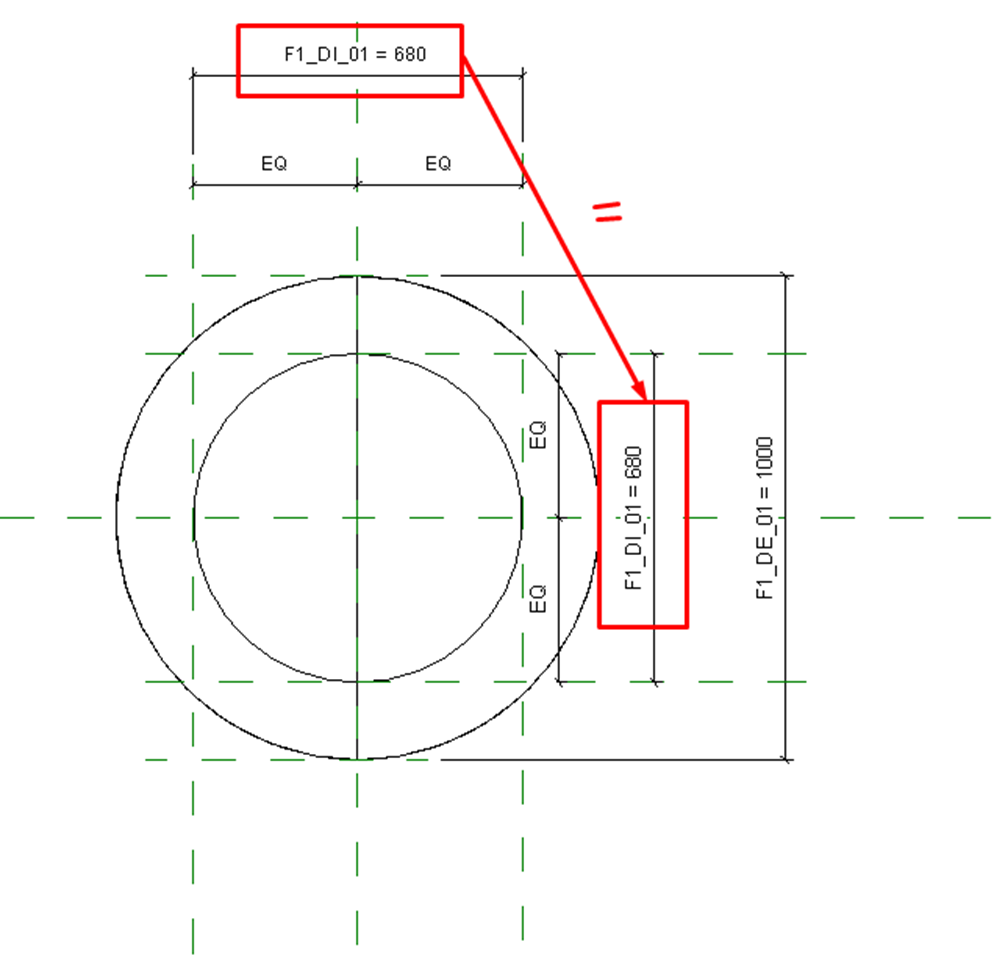

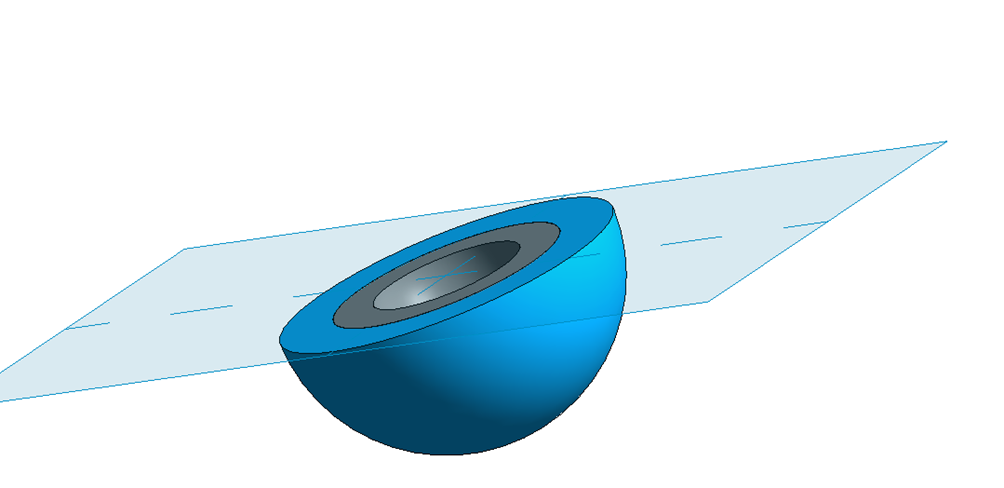
6. Configure Relationship Between Revolves
- Establish parametric relationship between elements
- Test: when one rotates, the other should follow maintaining its relative orientation
- Adjust constraints as needed
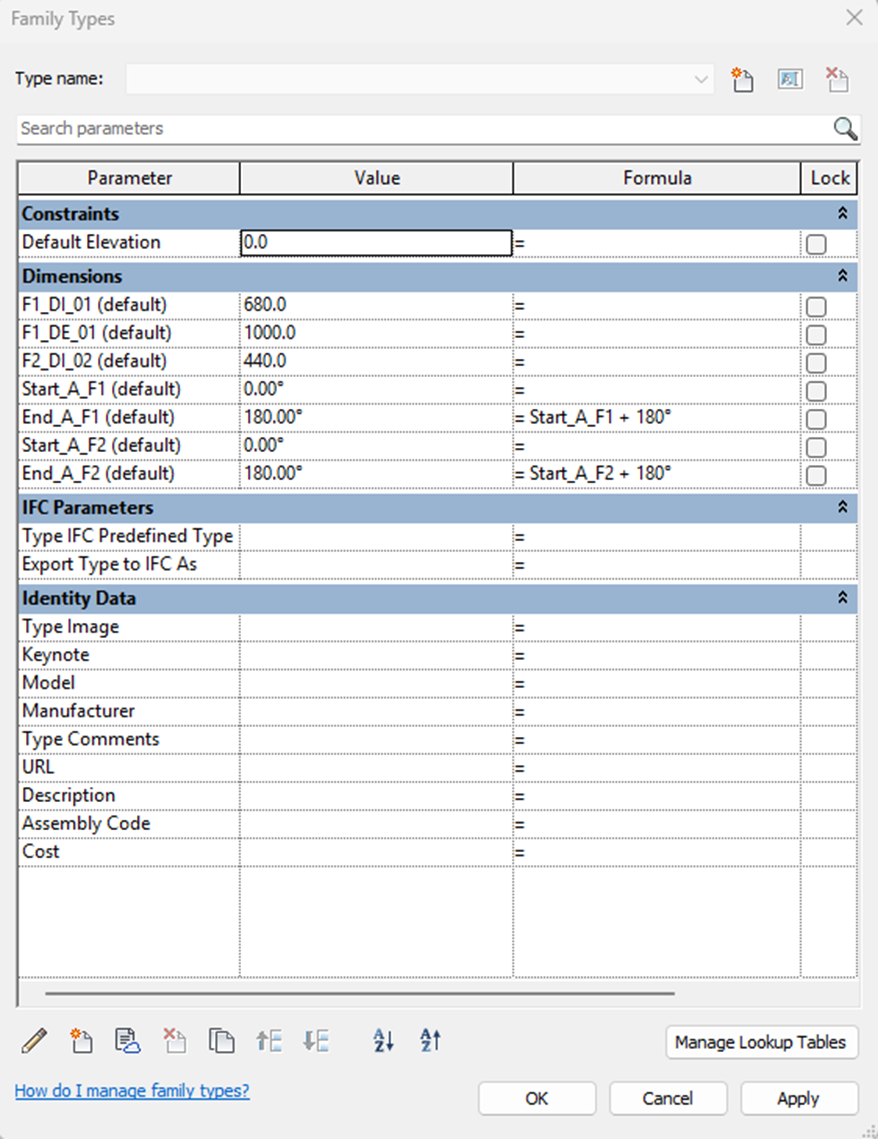
7. Save the Pivot Family
- Save this family with a descriptive name (e.g.,
Fractal_Pivot_Base) - This will be your rotational control family

Part 2: Applying the Face-Based System
8. Create or Open Face-Based Family
- Create a new family or use an existing one (e.g., photovoltaic panel)
- Choose the Face-Based template
- Model the desired element (panel, plate, etc.)
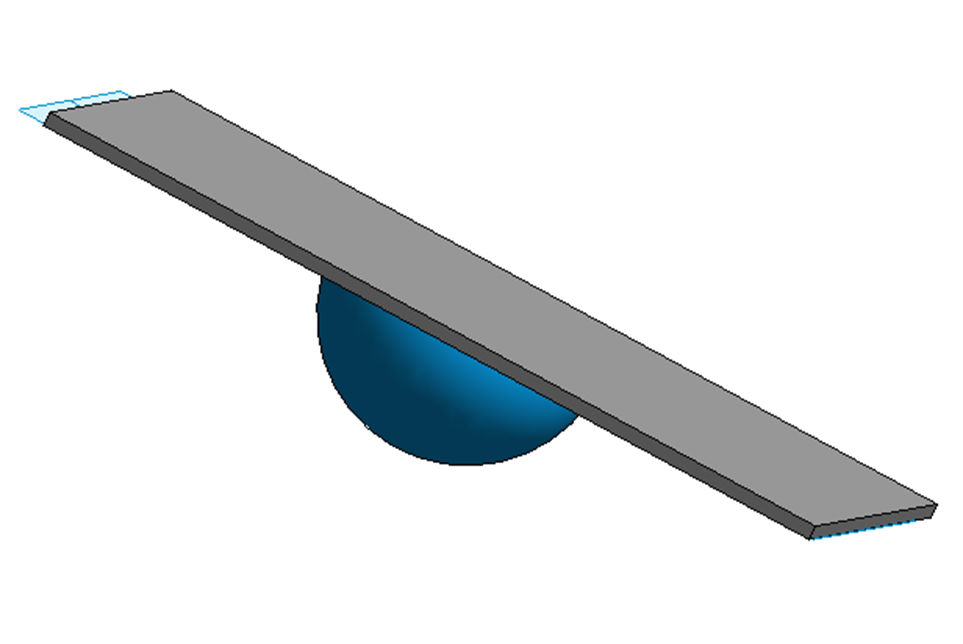
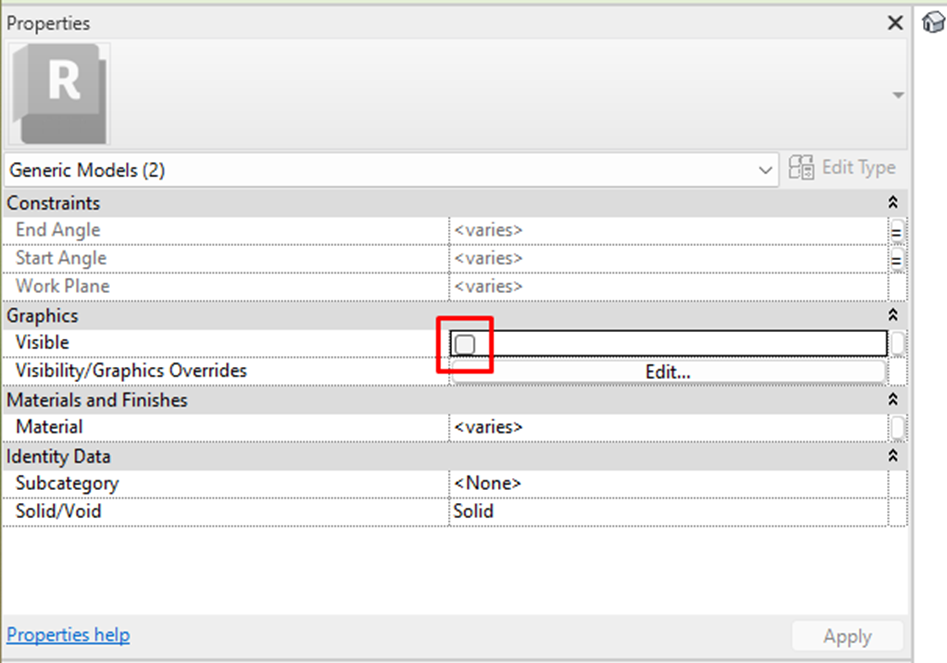
9. Insert into Project
- Load both families into the project
- First, insert the fractal pivot family
- Configure initial angles
10. Apply Face-Based Family
- Select the face-based family
- Apply on the last revolve face of the pivot family
- The face-based family will now follow all system rotation
Method Advantages
🎯 Total Control
Complete control over rotation in multiple axes
🔧 Flexibility
Add as many rotation levels as desired
♻️ Reusability
The pivot can be used with different face-based elements
📐 Precision
Exact angles defined parametrically
Practical Tips
- Naming: Use clear names for parameters (e.g.,
Rotation_Axis_X,Rotation_Axis_Y) - Incremental Testing: Test each rotation level before adding the next
- Performance: Limit the number of revolves to maintain good performance
- Visibility: Configure pivot visibility to hide it when necessary
Practical Applications
- 🌞 Photovoltaic panels with precise orientation
- 🏢 Adjustable brise-soleil
- 🎨 Dynamic facade elements
- ⚙️ Mechanical equipment with multiple degrees of freedom
- 💡 Directional luminaires
Final Result
You will have a system where:
- ✅ The pivot family controls all rotation
- ✅ The face-based element (panel) perfectly follows the movement
- ✅ Angles can be adjusted in multiple directions
- ✅ The system is fully parametric and reusable